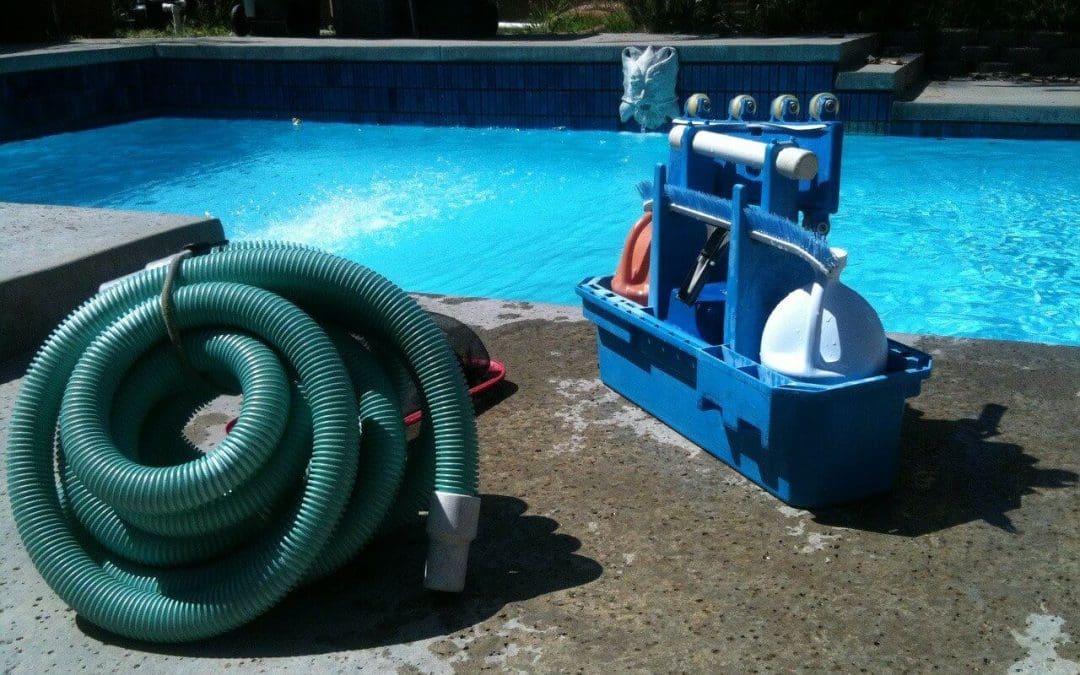After the summer, it’s easy to overlook pool maintenance, but there are important tasks to complete ahead of the cooler months. Preparing your pool for the winter will not only protect it against freeze damage but will also ensure it’s in good shape when you open it back up in the spring. That said, here are steps you can follow to winterize your pool.
Winterize Your Pool
Clean the Filter
Before you close your pool for the winter, clean the filter. A dirty filter will not keep the water clean and it may even make your pool unsuitable for use when spring arrives. A cartridge filter is relatively easy to maintain, but if you have a diatomaceous earth (DE) filter, you’ll need to regularly clean it throughout the winter if you’re not draining the pool.
Perform a Deep Clean to Winterize Your Pool
Make sure the pool is completely clean by removing all leaves, silt, algae, and other debris. Use a skimmer net to clean the water’s surface and a pool vacuum to remove hard-to-reach debris at the bottom of the pool. Afterward, brush the pool’s floor and sides.
Check Pool Chemistry
Once you cover your pool, you will no longer be able to add chemicals, so test the pH and chlorine levels before closing it. If you detect an imbalance, add the necessary chemicals to keep your pool water in top condition.
Drop the Water Level
Check your pool manual to learn where the water level should be when you winterize your pool. Generally, mesh covers require a water level that’s about a foot below the skimmer.
On the other hand, solid covers require a water level about 6″ below the skimmer. This process may take a day or two, so set aside enough time to adjust the water level. Also, if you drain water from the pool, make sure to divert the water away from vegetation because chlorine can be harmful to plants on your property.
Winterize Your Pool by Adding Shock and Algaecide
This step isn’t mandatory, but some winterization kits advise you to shock your pool and add algaecide before covering it. Shock eliminates bacteria, while algaecide kills algae. If recommended, this should be one of the last things you do before covering your pool. If you’re using chlorine shock, don’t add it at the same time as the algaecide.
Cover the Pool
You don’t want all the work you’ve done to be in vain, so once you’re done winterizing your pool, cover it. You can either use a safety cover or a winter cover. Safety covers offer the best protection against debris, but they must be carefully anchored.
Winter covers provide less protection, but you won’t have to deal with the hassle of anchoring them. Regardless of the type of cover you choose, verify it’s snug and has no defects.
Stow Away Pool Equipment
Freezing temperatures will reduce the lifespan of equipment left outside. Store all equipment indoors in a warm place that’s protected from the weather.
Don’t ignore your pool when the summer ends. Winterize your pool to make sure it’s ready for use when springtime rolls around.
Homebuyer’s Inspection Service offers inspections to customers in the Greater Dallas-Fort Worth area. Contact us to request our services.

